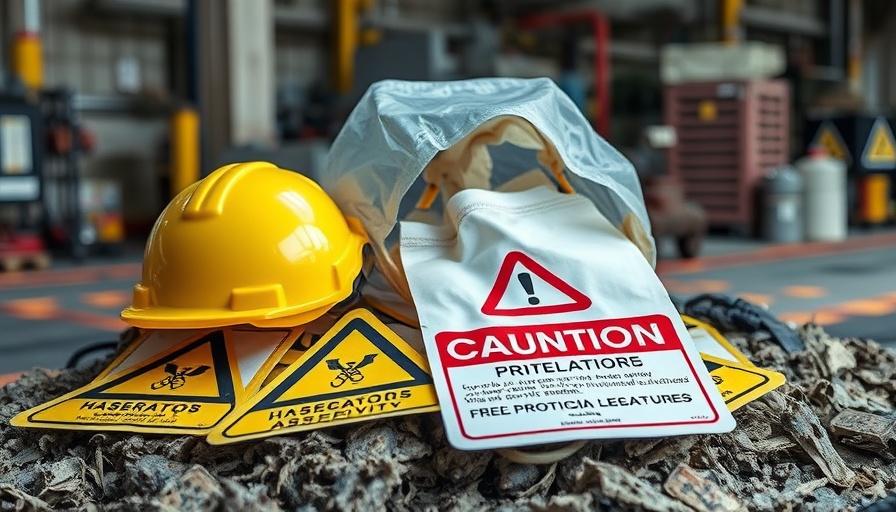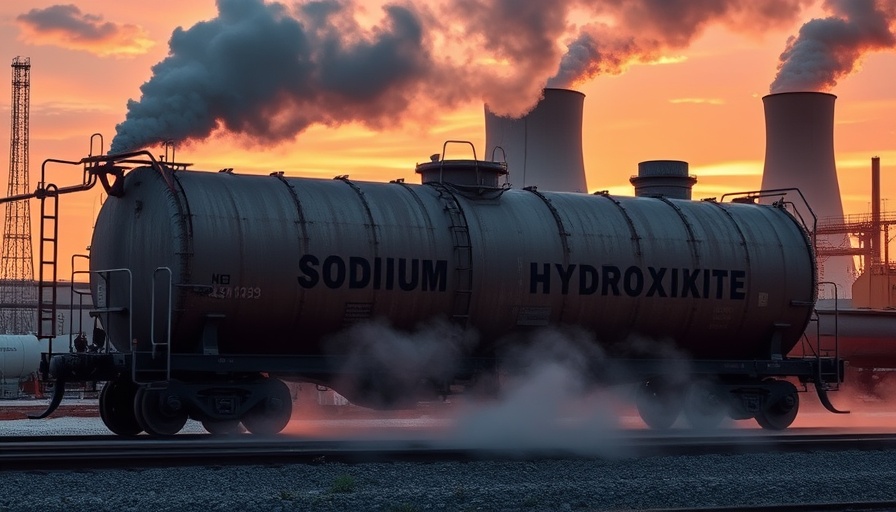
Long-Awaited Legal Actions Against Eternit
In a move that marks a significant shift in accountability within the construction industry, the Openbaar Ministerie (OM) has announced that it will pursue criminal charges against Eternit, a major building materials manufacturer based in Goor. After five years of deliberation, the company faces serious allegations of manslaughter and causing death through negligence, tied to the fatalities of two former employees and one of their partners due to prolonged exposure to asbestos.
The Broader Implications of Asbestos Exposure
Asbestos, once heralded for its fire-proofing properties, has long been recognized as a hazardous material linked to devastating health issues, including lung cancer and mesothelioma. Exposure cases can often take years to manifest, complicating the path to justice for victims and their families. This legal action brings to light the responsibility corporations have in ensuring the safety of their employees and the communities they serve, especially in an industry still haunted by its historic dealings with asbestos.
Industry Responses and Public Reactions
This announcement has ignited a public discussion about corporate responsibility in construction. Critics argue that Eternit has prioritized political maneuvers over the safety of their workers. Many wonder if the focus on legal protections and corporate profits has overshadowed essential safety protocols mandated by law. Victims' families are expressing both relief and anger as they wait for justice, emphasizing a strong desire for broader regulatory changes to prevent such tragedies.
Lessons for the Future: Ensuring Workplace Safety
The plight of the Eternit workers shines a light on the importance of workplace safety advocacy moving forward. Clear communication of risk factors associated with materials like asbestos is crucial. Additionally, regular safety audits and compliance checks can help catch breaches that might endanger workers' lives. As society progresses, so too should the commitment to safeguarding employee welfare, making companies accountable for any oversights.
The Road Ahead: Legal and Social Prospects
The unfolding legal proceedings against Eternit serve as more than just a case about a single company or its executives. They symbolize a turning point wherein the right to safety at work is paramount to corporate interests. Health advocates are calling for stricter regulations on the use of hazardous materials, pushing for greater transparency in the industry. As the public keeps a wary eye on the outcomes, a robust dialogue about necessary policy reforms is underway.
A Call for Change
As we reflect on the circumstances leading to the need for prosecution, it becomes evident that community awareness and legislative action are intertwined. Educating employees about workplace hazards and mobilizing for change can transform how corporations address safety issues. It's crucial for both industry professionals and the general public to press for accountability, as each step we take towards advocacy strengthens protections for potentially vulnerable individuals in the workplace.
 Rij toevoegen
Rij toevoegen






Write A Comment